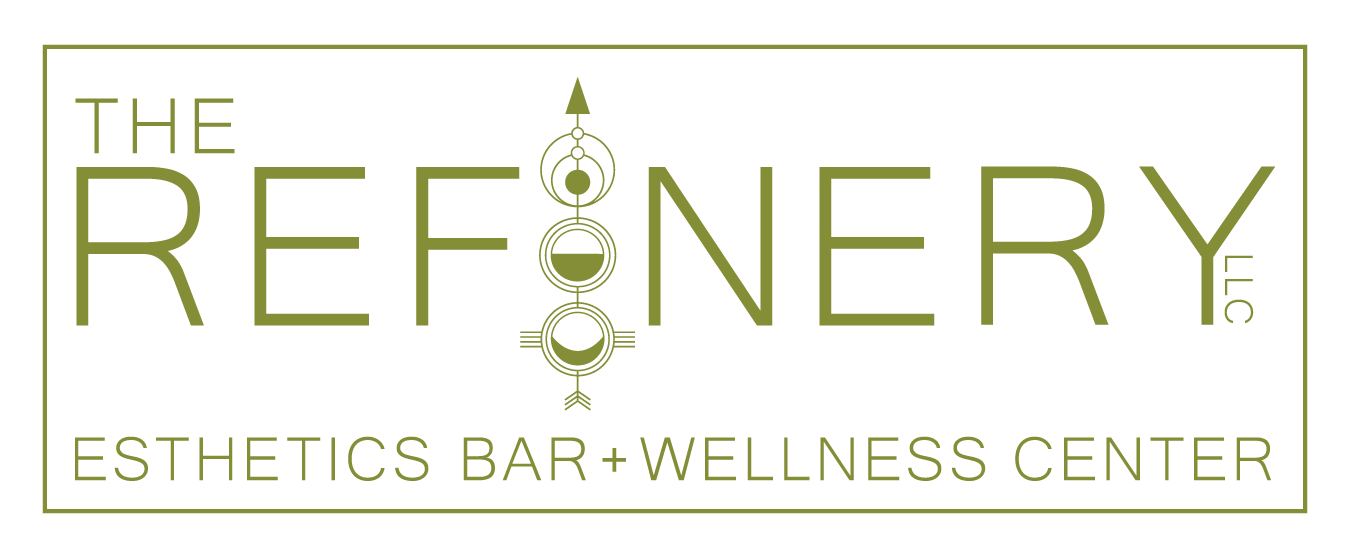Sunscreen isn't only for summer
Summer is here!
Woot-Woot + Hooray!
With Memorial Day Weekend just behind us, not only is summer here by the Wisconsin calendar but Mother Nature's as well! I don't know how all of you feel, but when I am outside in the sun all weekend I feel like a glorious flower full of happiness and zen. The warm sun on my shoulders always brings about a calmness like no other. In a perfect, made-to-order world, every day would be like how this weekend was.
With my husband working hard on our house projects all weekend, it gave the girls and I some time in the yard and at the beach playing in the water, tending to my plants and having neighbor kids over to splash around as well. All this time in the sun had me acting like a sunscreen officer at times demanding the kids get out and sit in the shade for a few minutes...even if it meant me luring them with snacks. It was all so reminiscent of my own childhood, I couldn't help but smile and be in love with these moments we shared.
It's funny how the mom-mind works though.
Capable of experiencing joy, yet always on the lookout to fiercely protect your little ones.
Enter: Sunburn
info-graphic source Pinterest
I am a visual learner so when I came across this info-graphic I leaped for joy!
It helps show the breakdown of the different type of rays that great big sun of ours produces.
Here's an easy way I break this down in my mind:
UVA = Dermis = Aging
UVB = Epidermis = Burning
It is estimated that only 7% of the rays that reach the earth are made up of UVA and UVB type rays.
When you make that 7% the whole pie - 95% of that are UVA rays. These are the rays responsible for wrinkles, sun spots, and can penetrate through windows. UVB rays impact the surface area of the skin and are the ones responsible for burning the skin and are linked to certain skin cancers. UVC rays are absorbed by the atmosphere and do not actually reach the earth but can be found in man-made sources such as welding torches and mercury lamps....back in the day, this is what tanning beds used.
There is another, more recent discovery of damaging rays called High Energy Visible Light (HEVL) which is light that is found radiating from technology screens, sand, concrete, snow, etc. It is responsible for the same amount of skin damage as UVA + UVB combined.
Source: Bioelements
Since there is no real way to measure the level of sunrays we individually absorb it is best to be consistently vigilant of how we protect our skin. Here are a few tips to keep up your sleeve for skin safety:
- Apply SPF at least 30 minutes prior to exposure
- Reapply every 2 hours or after excessive sweating or swimming
- Take frequent shade breaks
- Wear a large brimmed hat and sunglasses
- Wear SPF protective clothing
- Stay out of the sun (away from concrete and technology) entirely
- Wear a large cardboard box around you while out in public (pop airholes in it for ventilation)
(the last one was a joke - but if you do this please have someone take a photo and send it to me!)
How do SPF's add up?
SPF 15 protects against 93% of rays
SPF 30 protects against 97% of rays
SPF 50 protects against 98% of rays
SPF 98 protects against 99% of rays
While there is no such thing as sunblock (that term violates FDA policies) what we should be looking for are words like broad-spectrum coverage, water resistant, dye-free, and paraben free. Also look for beneficial active ingredients such as titanium dioxide and zinc oxide. Bioelements is the line I carry, however it is not an organic line and does contain chemicals. If organic is your route of choice there are many alternative lines available depending on your budget and product availability to your region.
Shelf life on all opened product is 1-2 years, however, if your sunscreen is out in the heat and sun or gets water in the packaging, it is best to buy fresh at the beginning of the summer season. (note: sunscreen should be worn year round so I am noting your year-end on shelf life may be the month of June where you buy new). If you're headed to the beach or pool, aim to keep your sunscreen in your beach tote, in the shade so it doesn't overheat and separate, thus, causing the ingredients to possibly be less effective.
